Looking for a Sequoia sempervirens dwarf
benjamin85
12 years ago
Featured Answer
Comments (22)
coniferjoy
12 years agoconiferjoy
12 years agoRelated Professionals
Clark Landscape Architects & Landscape Designers · Jennings Landscape Architects & Landscape Designers · Richmond Heights Landscape Architects & Landscape Designers · Surprise Landscape Contractors · Bridgeport Landscape Contractors · Fairhope Landscape Contractors · Las Vegas Landscape Contractors · Longview Landscape Contractors · Post Falls Landscape Contractors · Riverhead Landscape Contractors · Tamarac Landscape Contractors · Waipahu Landscape Contractors · West Haverstraw Landscape Contractors · East Norriton Landscape Contractors · Sun Valley Landscape Contractorsblue_yew
12 years agobenjamin85
12 years agoSara Malone Zone 9b
12 years agoEmbothrium
12 years agoSara Malone Zone 9b
12 years agocryptomeria
12 years agoSara Malone Zone 9b
12 years agoEmbothrium
12 years agoconiferjoy
12 years agocryptomeria
12 years agoSara Malone Zone 9b
12 years agobotann
12 years agortnorthen
9 years agoken_adrian Adrian MI cold Z5
9 years agortnorthen
9 years agortnorthen
9 years agoHeather Flynn
2 years agogardengal48 (PNW Z8/9)
2 years agoHeather Flynn
2 years ago
Related Stories

GARDENING GUIDESGarden-Friendly Native Alternatives to Overplanted Exotics
There are lots of gorgeous, wildlife-friendly native plants ready to make an appearance in your garden
Full Story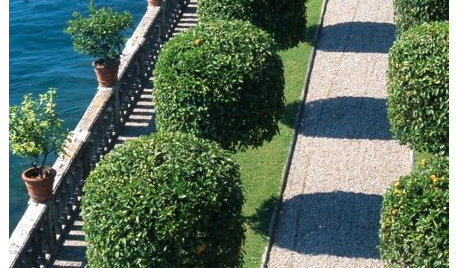
LANDSCAPE DESIGN5 Structural Plants to Frame Your Garden Beautifully
Consider these trees and shrubs live building blocks, providing structure and definition in even a small garden
Full Story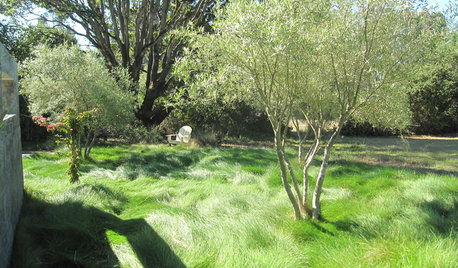
GARDENING AND LANDSCAPING7 Ornamental Grasses for Coastal Gardens
These hardy seashore plants evoke the ocean, sway in the breeze and help prevent sand erosion in the landscape
Full Story
GARDENING GUIDESAttract Hummingbirds and Bees With These Beautiful Summer Flowers
Roll out a welcome mat for pollinators to keep your landscape in balance and thriving
Full Story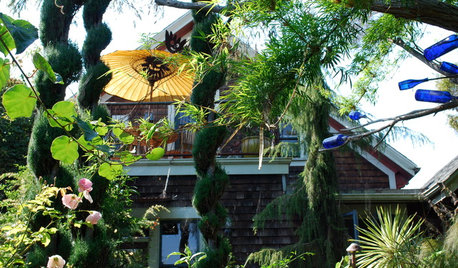
PLANTING IDEASDesigning With Conifers: How to Unite Your Landscape
Create a landscape full of intrigue and artistry with the right placement of conifers and their supporting players
Full Story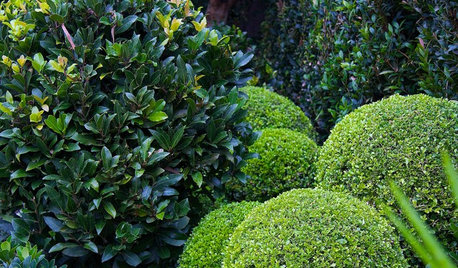
LANDSCAPE DESIGNGreen-Only Gardens Draw the Eye and Soothe the Spirit
Use plant and foliage variety to create a monochromatic landscape as visually pleasing as it is calming
Full Story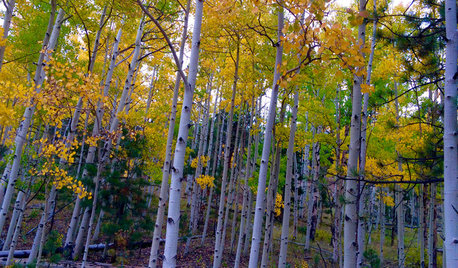
EARTH DAY‘Terroir’ Brings a Sense of Place to Your Landscape
Species native to and characteristic of your region firmly root your garden and landscape
Full Story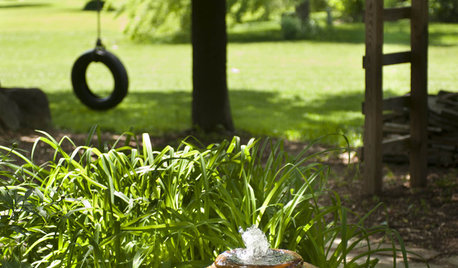
GARDENING AND LANDSCAPINGHow to Give Your Garden More Soul
Feel more at home in your garden by giving it deep, personal meaning
Full Story
SPRING GARDENINGSummer Crops: How to Grow Strawberries
Pluck your own sweet strawberries right from the garden vine for smoothies, salads or eating then and there
Full Story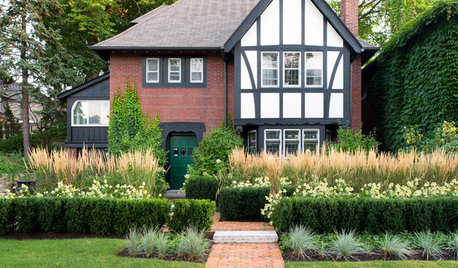
LANDSCAPE DESIGNHow Low Can Hedges Go? Discover Unusual Garden Borders
Short enough to step over, high enough to be a stretch ... check out these radically different hedge styles and tell us your opinion
Full StorySponsored
Franklin County's Preferred Architectural Firm | Best of Houzz Winner
More Discussions








gardengal48 (PNW Z8/9)